Earlier this month, I attended an open Design Lunch at Autodesk in downtown SF. Chris Noessel, a designer at the Cooper design firm, presented on the topic: How do we, as designers, think new things? How can we create the conditions for disruptive thinking, that will lead us to breakthrough ideas to solve the challenges we’re confronting?
Over the hour, he presented an inventory of Creative Machines, small rituals and processes that have been used in different cultures & eras to generate new perspectives, thoughts, surprises & solutions to problems. These take several forms:
- Divination Rituals (e.g, I Ching, Tarot Cards, Haruspication)
- Parlor Games (e.g., Mad Libs, Experimental Travel, and Cards Against Humanity)
- Meaning Machines (e.g., Captcha Comics, Role Playing Games, John Cage compositions, African Spider Divination)
- Writing Constraints (e.g., Oulipo)
For designers looking for Creative Machines that are more practical, that could be integrated more directly into the Design Process, Noessel spotlighted some other resources:
- Brian Eno’s Oblique Strategy Cards: a deck of cards to shuffle, pick from, and then pick one — which will give you a prompt to apply to your problem, that will reframe your perspective
- A Story Generator, like Machine of Death: a card deck game in which you draw two cards with random prompts. You have to use your creativity to make a connection between them, thereby generating a new design.
- Force-fit Grids/Creative Matrix: a table structure, in which you designate the X line’s attribute & the Y line’s, and then fill in the table’s squares with combinations of these attributes. These combinations will lead you to new hybrids & insights about what’s possible. Some examples of these below:
This creative matrix could easily be integrated into a Design Process, with an X-axis defined by user tasks or by stages in the user’s journey, and then the Y-axis defined by technological tools, interaction gestures, or possible solution categories. Each of the table’s squares would then be filled in with possible solutions for the user’s requirements. Not all of them would be practical or desirable, but they would generate a wider spectrum of possibilities — breaking out of common thinking about what solutions are possible.
Do you have any other Creative Machines, that can be woven into a design process to break us out of status-quo thinking, and get us to new & disruptive paths?

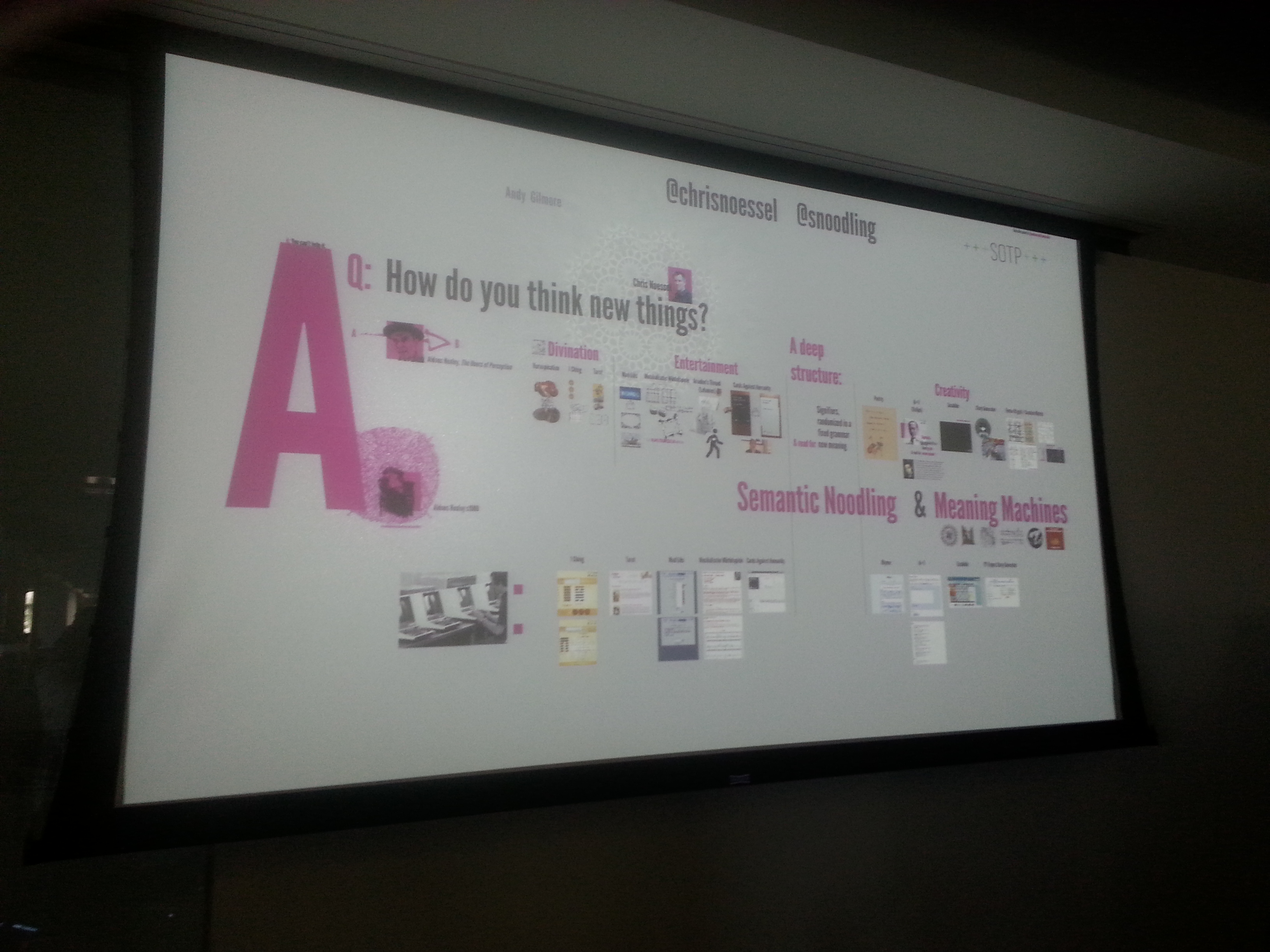
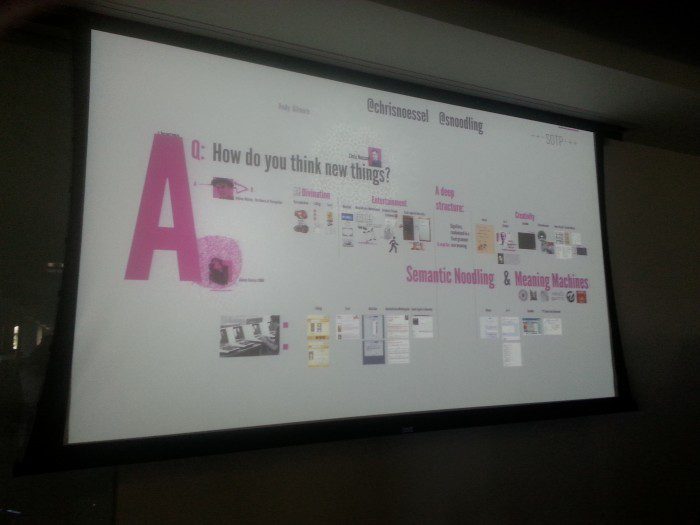
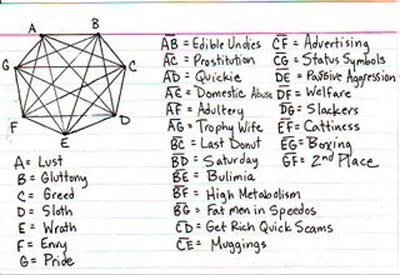
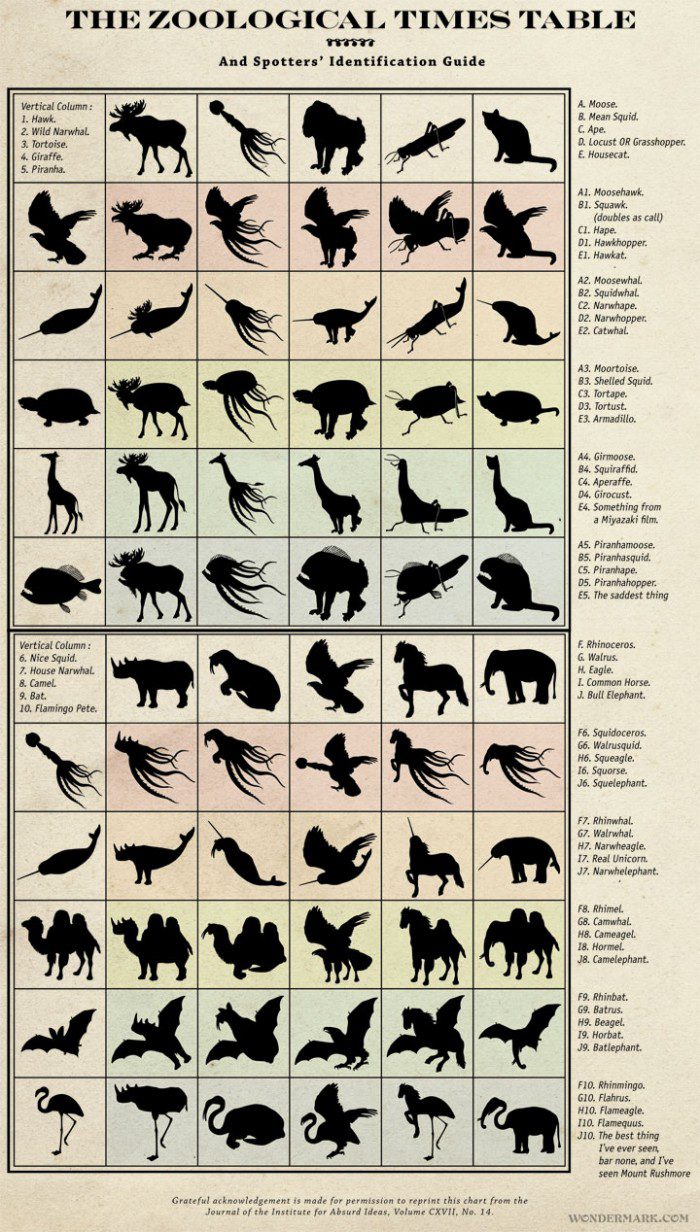
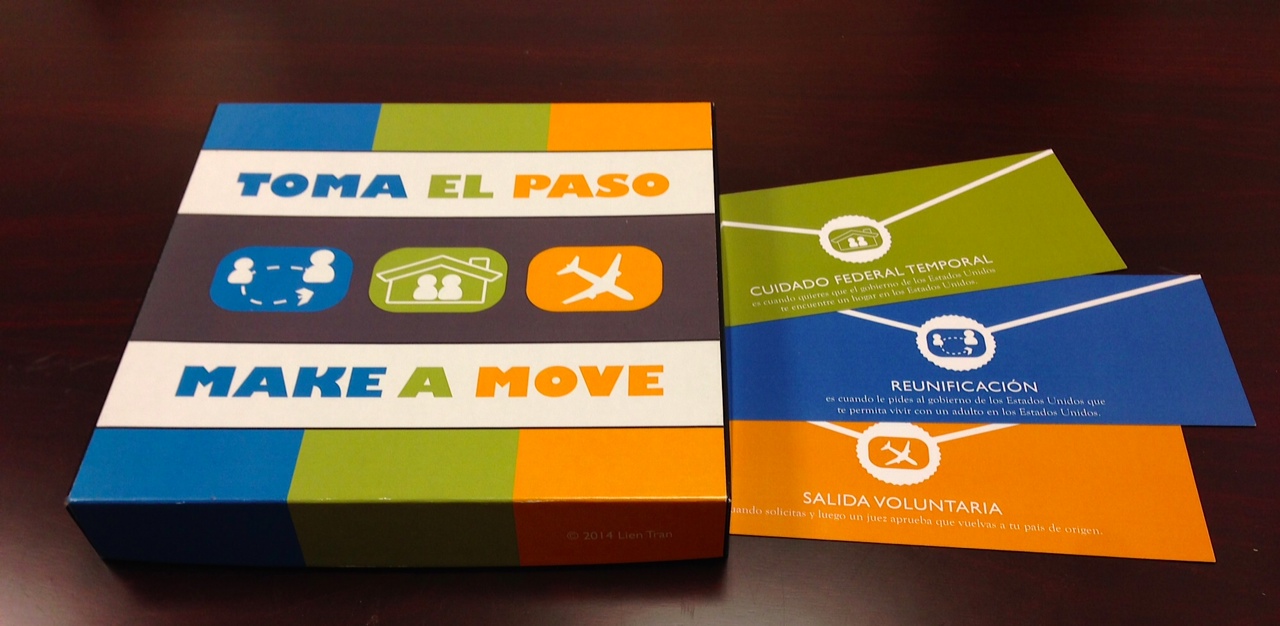
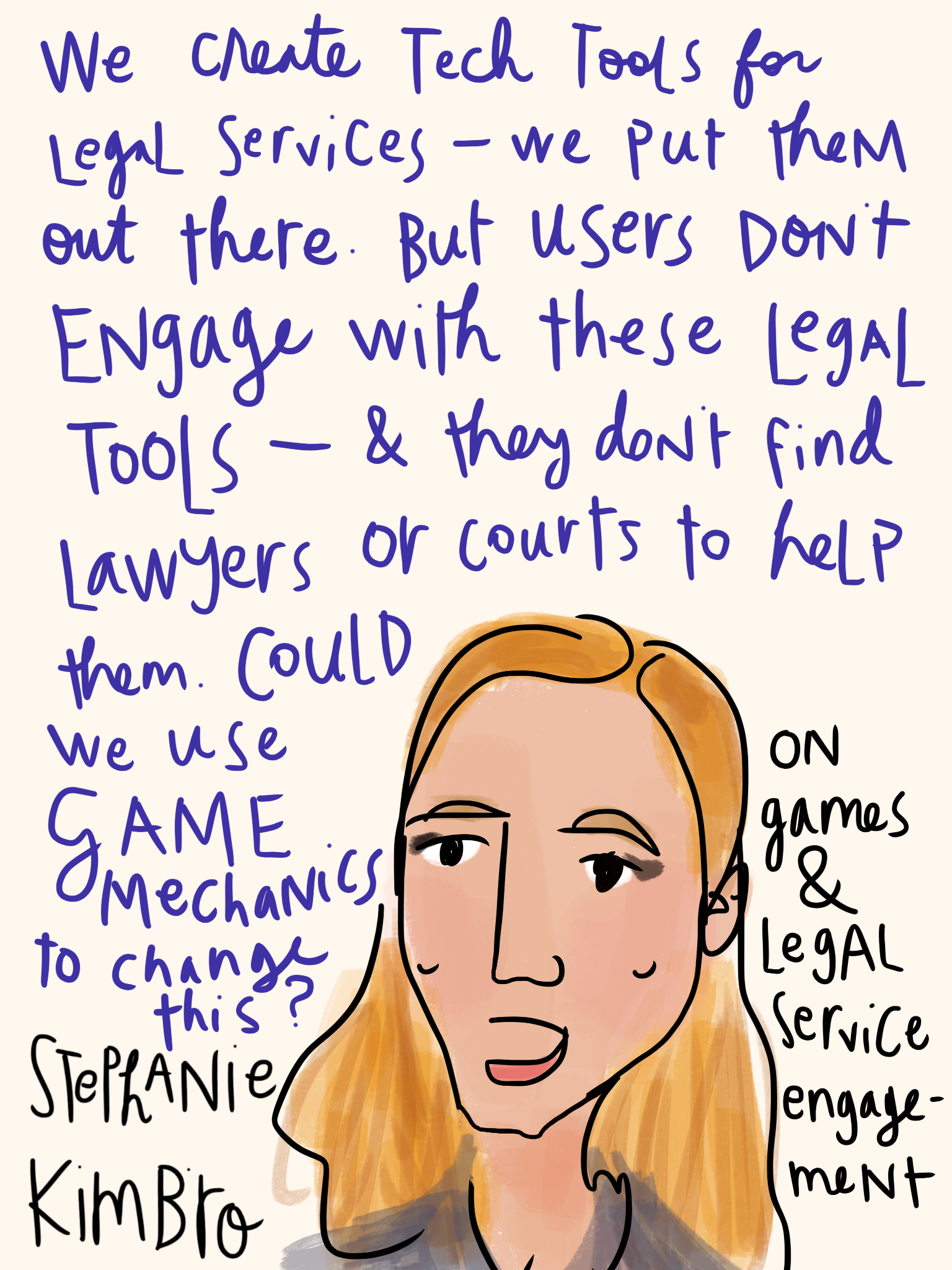
1 Comment
in order to design any new thing what are the createria we used?